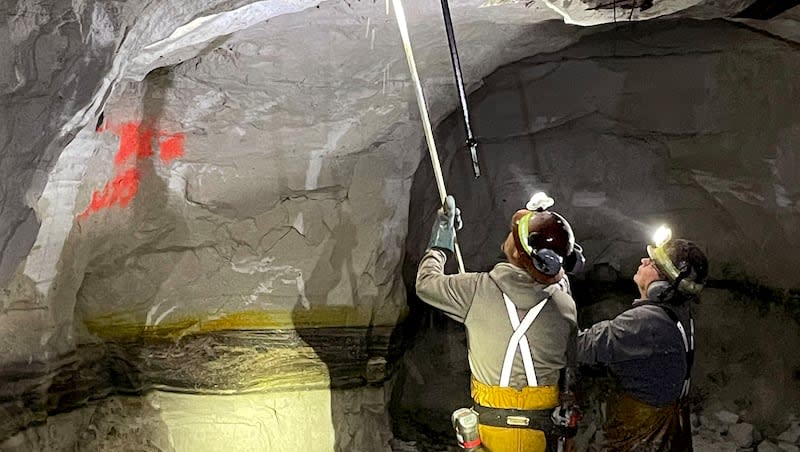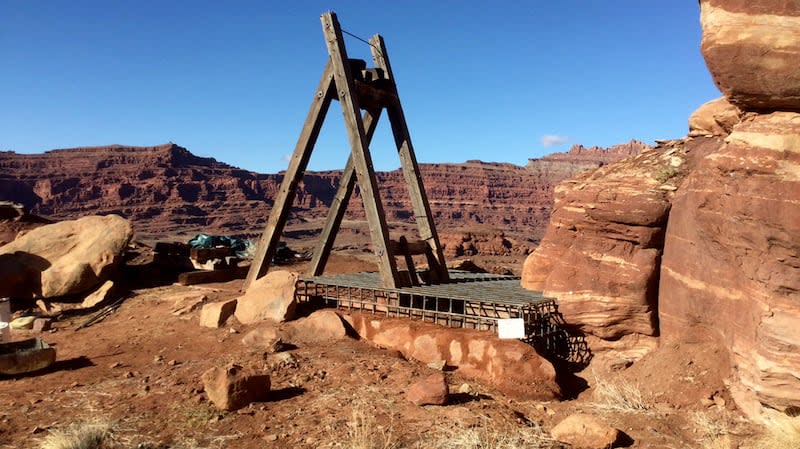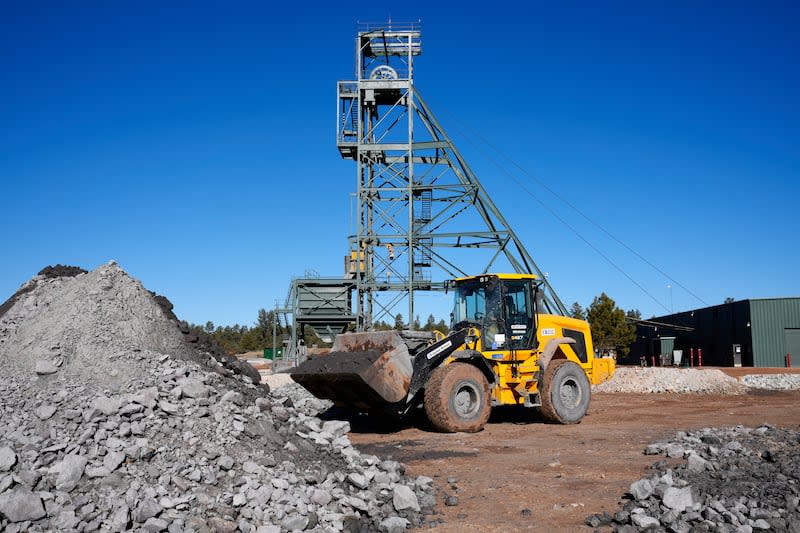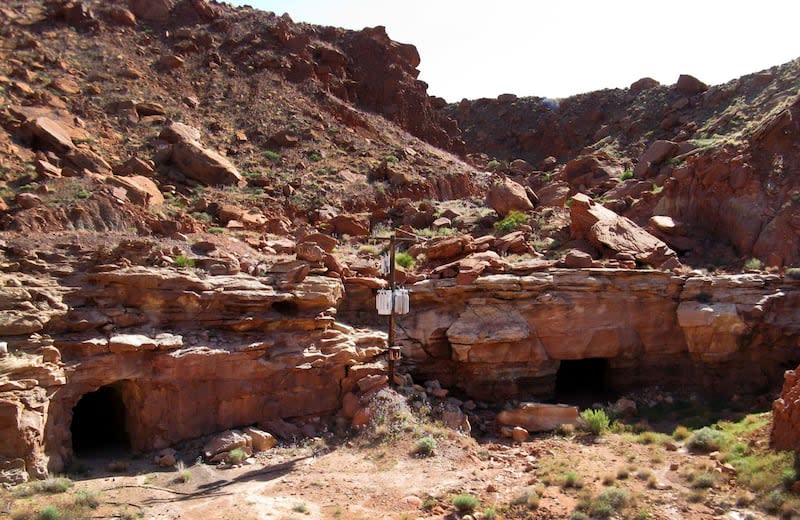Congress voted to suspend imports of uranium from Russia. Why?

Both Utah and national mining officials are praising the bipartisan passage in both the Senate and House of a bill banning Russian uranium imports to the United States.
U.S. Sens. John Barrasso, R-Wyo., Joe Manchin, D-W.Va., Jim Risch, R-Idaho, Martin Heinrich, D-N.M., Cynthia Lummis, R-Wyo., Chris Coons, D-Del., and Roger Marshall, R-Kansas, took the lead in the Senate with a bill that passed unanimously Tuesday. Rep. Cathy McMorris Rodgers, R-Wash., authored the bill, which passed the House in December and is now headed to President Joe Biden’s desk for signature.
“The U.S. needlessly suffers from a near complete import reliance for uranium and in recent years that deficit has been fed in large part by imports from Russia and its former satellites,” said Rich Nolan, president and chief executive officer of the National Mining Association
“We are home to abundant uranium resources and the world’s largest fleet of nuclear power plants. We simply must do better to support domestic production for our energy and mineral needs and this decisive, bipartisan action in Congress is a significant first step.”
The move in favor of domestic production may appear, at first glance, at odds with an presidential administration that has locked up one of the most richest deposits of uranium ore with the designation of the Baaj Nwaavjo I’tah Kukveni Grand Canyon National Monument.
While it is only in Arizona, it borders the nearby Grand Staircase-Escalante National Monument in Utah. It potentially affects Utah communities in that region.
The designation happened via Biden’s use of the 1906 Antiquities Act, and was touted by supporters as a way to lock up uranium deposits, which could be as much as 375 million pounds used to fuel the deployment of nuclear energy by the United States.
A 20-year ban on uranium mining near the Grand Canyon was put in place in 2012 by the Obama administration, but it has been subject to court challenges and political scrutiny.
So what about nuclear energy that depends on uranium?
This is happening against a backdrop of the U.S. government’s push to have in place next generation nuclear plants to move to a carbon free economy. So what gives? How do you build advanced nuclear energy generation without the necessary uranium?
According to the Utah Division of Oil, Gas and Mining, no uranium was mined in Utah in 2022. Active uranium mining in the state had been suspended since 2012, despite several established uranium resources and existing mining permits.
This is a situation that exists despite Utah being home to the only operating uranium processing facility in the United States, the White Mesa Mill in San Juan County.

White Mesa is owned by Energy Fuels and produced 162,000 pounds of uranium ore in 2022 from feedstocks that were not produced in Utah. Energy Fuels also secured long-term supply contracts with U.S. nuclear utilities and an additional supply contract for the newly established U.S. Uranium Reserve.
It also is mining at the Pinyon Plain mine in Arizona.
Utah Geological Survey’s Senior Geologist Stephanie Mills said Energy Fuels began mining uranium earlier this year at the Pandora-La Sal Complex in San Juan County.
Curtis Moore, senior vice president for marketing and corporate development at Energy Fuels, also reacted to the Russian uranium ban.
“The Senate’s passage of a ban on Russian uranium imports is a smart, strategic move that will finally bring uranium into the same category of other sanctioned Russian products such as oil, natural gas and coal. U.S. utilities have already been moving away from Russian uranium since the invasion, and this move will also unlock $2.7 billion of funding recently allocated by Congress to reestablish U.S. leadership in nuclear fuel production,” Moore said.

Overall, this is how foreign imports of uranium break down for the United States:
Canada, 27%.
Kazakhstan, 25%.
Russia, 12%.
Uzbekistan, 11%.
Australia, 9%.
Six other countries combined, 16%.
Brian Somers, president of the Utah Mining Association and the National Mining Association, says the move to ban Russian imports of uranium to the United States makes sense from a financial standpoint and a geopolitical position.
While the price of uranium has risen, mining practices in Russia and its allies artificially impacts the market so the United States cannot compete when it comes to profit. Those countries do not have the same sort of permitting processes, or environmental regulations, so it is cheaper. Much cheaper, Somers said.
“So it’s been really difficult for our folks compete with with Russian uranium,” Somers said. “It is sort of artificially keeping our domestic industry down.”

While the Arizona Strip monument designation was a blow, Somers said there are plenty of other resources out there and existing valid mining claims are grandfathered in.
Both he and national mining officials believe this hard stance taken by the U.S. government on banning Russian imports of uranium will actually help jump-start advanced nuclear energy development in this country because it puts a domestic onus on policymakers to become serious about the carbon free energy source.
Somers added too, that it is difficult from a geopolitical standpoint for the United States to be funneling billions to Ukraine in its fight against a dictatorship bent on its destruction.
“Keeping bad actors out of the marketplace makes sense,” he said.

